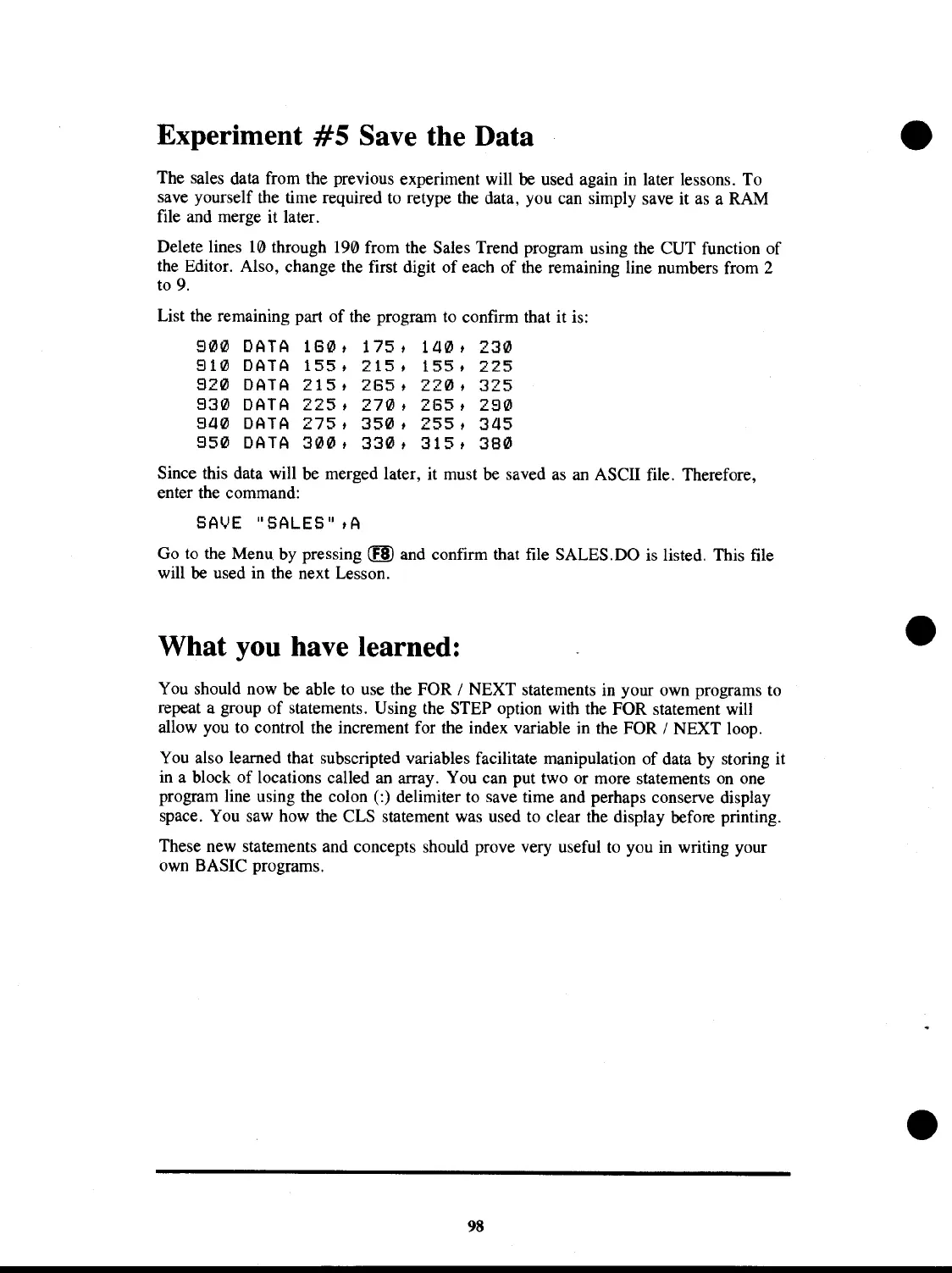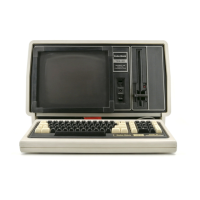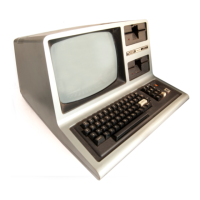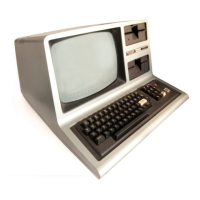Experiment
#5
Save the Data
The sales data from the previous experiment will be used again
in
later lessons. To
save yourself the time required
to
retype the data, you can simply save it
as
a RAM
file and merge it later.
Delete lines
10
through 190 from the Sales Trend program using the CUT function of
the Editor. Also, change the first digit of each of the remaining line numbers from
2
to
9.
List the remaining part
of
the program
to
confirm that it
is:
800
DATA
160,
175,
140,
230
81Ql
DATA
155,
215.
155.
225
820
DATA
215,
265.
220,
325
830
DATA
225,
270,
265,
280
840
DATA
275,
350.
255,
345
850
DATA
300,
330.
315,
380
Since this data will be merged later, it must be saved
as
an ASCII file. Therefore,
enter the command:
SAVE
"SALES"
,A
Go
to
the
Menu.
by pressing tIIl and confirm that file SALES.DO is listed. This file
will be used in the next Lesson.
What you have learned:
You should now be able
to
use the FOR / NEXT statements
in
your own programs
to
repeat a group of statements. Using the STEP option with the FOR statement will
allow you
to
control the increment for the index variable in the FOR / NEXT loop.
You
also learned that subscripted variables facilitate manipulation of data by storing
it
in a block of locations called an array. You can put two or more statements
on
one
program line using the colon
(:)
delimiter
to
save time and perhaps conserve display
space. You saw how the CLS statement was used to clear the display before printing.
These new statements and concepts should prove very useful
to
you in writing your
own BASIC programs.
98

